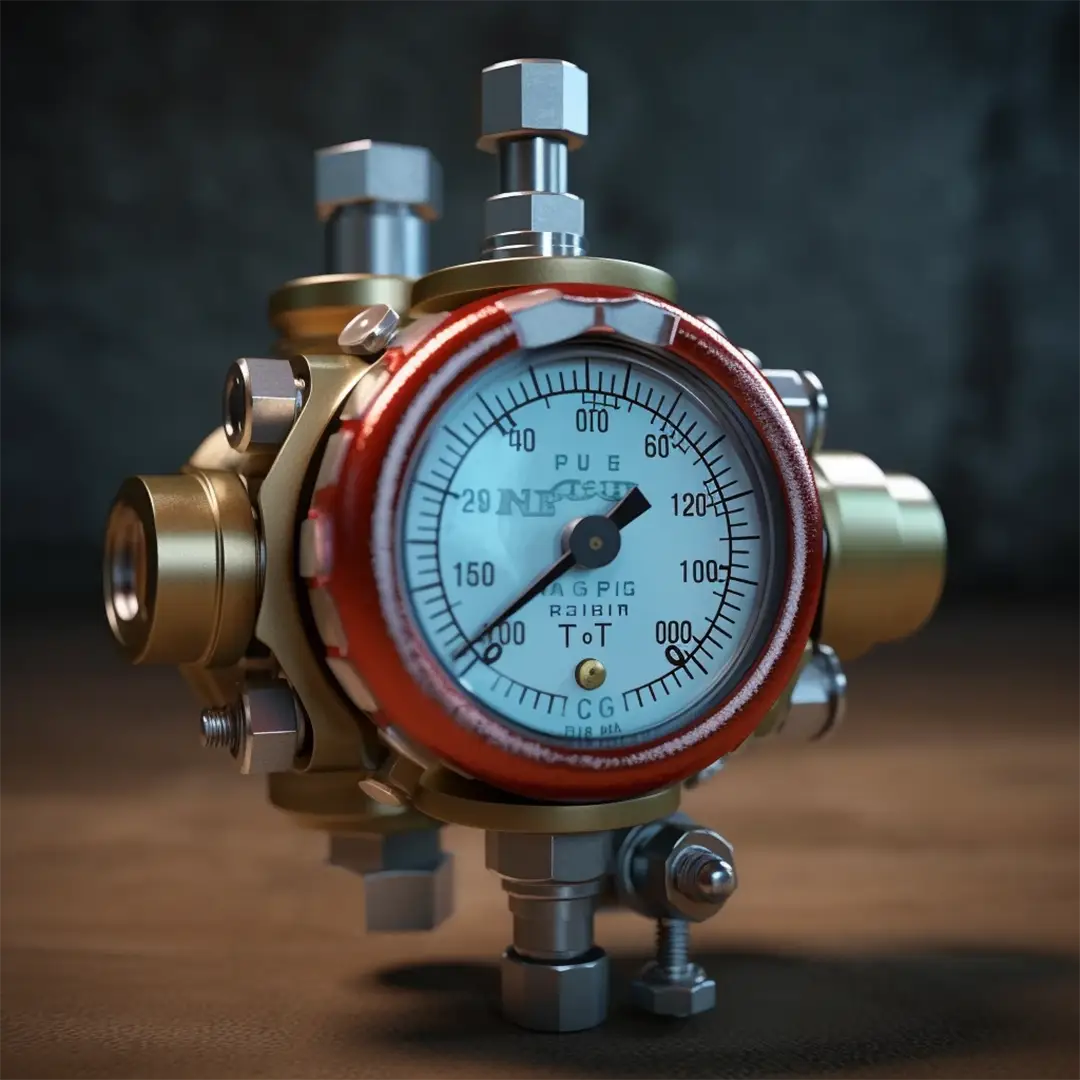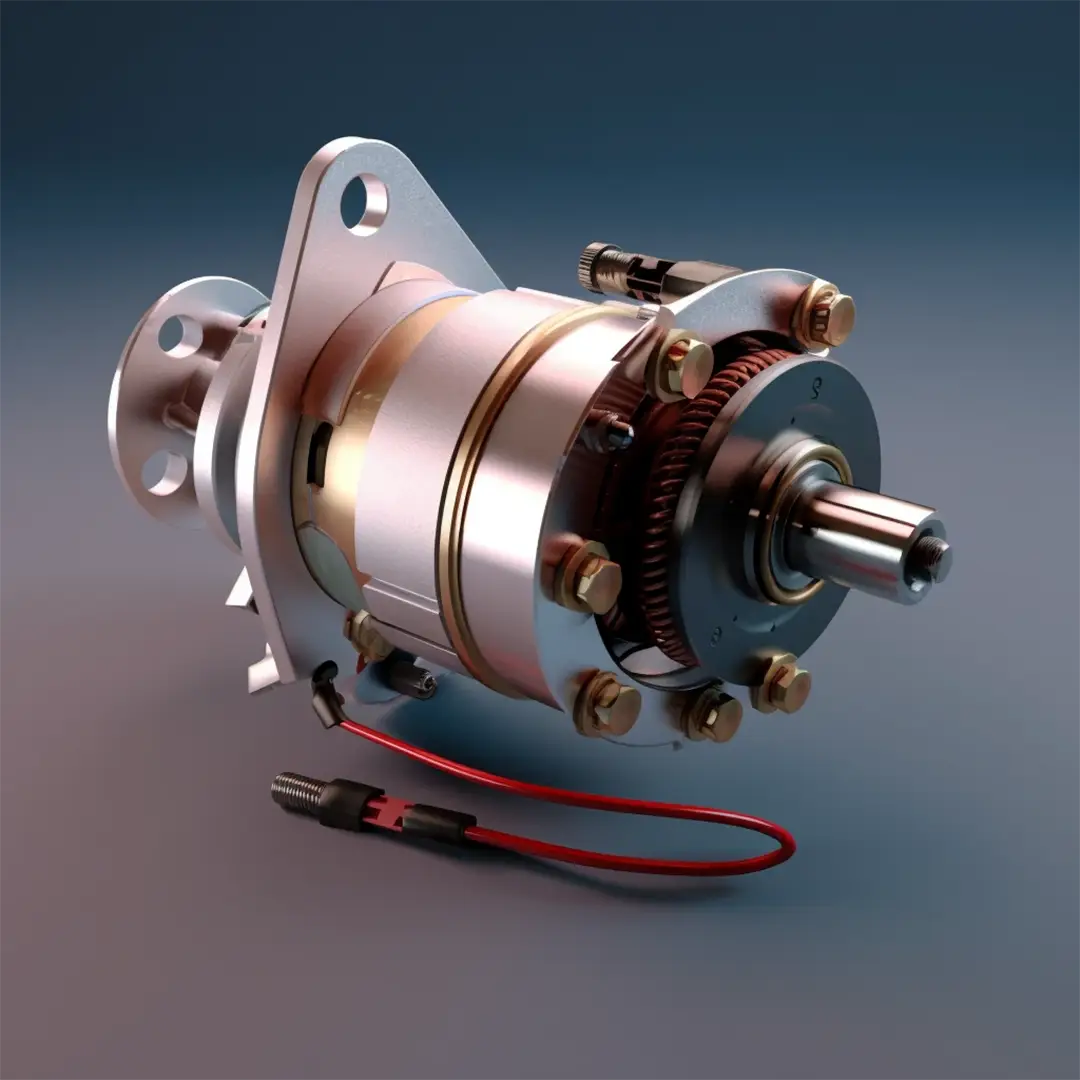2, rue de la Ternière
Avrille Cedex FRANCE
- 150 million cylinder pins designed per year
- Co-designer of custom fasteners for 100 years and manufacturer of standard products
- From Ø1.5 to Ø25 and from 8 mm to 100 mm
- Steel (free cutting, stamping, carbon, alloyed...), Stainless Steel (CNF or CND) Aluminum, Brass, etc.
Thanks to their smooth metal shaft and their precision machining, they fit perfectly into complex assemblies. Their function is simple, but essential for the durability of your assemblies.
Cylindrical pin - smooth shaft





Cylindrical pin - smooth shaft







- Feasibility control using the FMEA tool, which is used to analyze failure modes, their effects and their criticality.

- Manufacture of initial samples in medium series, and validation of production with PPAP according to the IATF 16949 standard.

- Development of detailed production processes according to the APQP quality process

- Collection and analysis of production data to identify trends and variations. 3PPM in 2023.
The advantages of LGC Industries manufacturing


.png)

.png)


- 24 Multi-spindle lathes
- 45 Spins Escomatic
- 42 Fluting machines
- 8 Plunge and thread grinding machines
Learn more about the technical characteristics of our products
Discover other products
What is a cylinder pin?
One cylindrical pin, as its name suggests, does not have grooves, grooving or thread on its surface. The cylinder pin is made of steel, raw steel, stainless steel, brass, or aluminum.
A cylindrical pin can be found in various forms:
- Conical cylindrical pin: its tip makes it easy to insert into your assembly.
- Cylindrical pin with truncated cone: the tip of this shape allows easy insertion while minimizing the risk of slipping.
- These types of cylindrical pins have a disadvantage, they can cause the part to dislodge.
- Smooth cylindrical pin : the cylindrical smooth pin is the most common form and found in many applications, it reflects the simplicity as well as the effectiveness of the smooth pin. some text
- The smooth cylinder pin is most often found under the name of a rectified cylindrical pin.
In which sectors of activity do we find smooth pins?
The cylinder pin is an essential assembly element in various fields of engineering and industry. The design of cylindrical pins and their versatile uses make them indispensable in many sectors of application:
- The automotive industry: the cylindrical pin is used for fixing drive shafts as well as camshafts.
- Electrical industry: the cylindrical pin is used for fixing electrical components in housings (small diameter).
- The aeronautical industry: the cylindrical pin is used to fix various blades.
The manufacture of a cylindrical pin uses precision machining techniques, such as mechanical turning or micromachining, carried out on CNC lathes or Escomatic machines. Adapted heat treatments and surface finishes are also applied to ensure the quality and durability of a cylindrical pin.
How is the LGC smooth pin made?
The stages of the project are the same regardless of the product, let's take the example of a cylindrical pin:
- Collecting customer needs: Understanding customer needs is the first crucial step in successfully manufacturing quality cylindrical pins in large series.
- Prototyping phase: LGC proposes the production of prototypes to evaluate various solutions designed by the design office or to confront a cylindrical pin with the customer's requirements.
- Industrialization: The methods office determines the tools suitable for cutting the material according to the specifications of your cylindrical pin. Initial samples are produced and subjected to rigorous quality controls to ensure compliance with geometric and mechanical standards.
- Serial life: The production of cylindrical pins is launched according to customer orders, with continuous quality control to quickly detect any defect and implement corrective actions if necessary.
- Final checks: Before shipping, our cylinder pins undergo a final series of conformity checks carried out by LGC's collaborators and high-tech machines, aimed at guaranteeing an optimal level of quality, with a target of 0 PPM for the most demanding industrial sectors.
As far as the cylindrical pin is concerned, it is the turning and finishing operation that will differentiate the product range, by determining the shapes of the part.
What are the advantages of the smooth pin?
The cylindrical pin represents a preferred choice in many industrial and engineering contexts, thanks to its distinctive properties and multiple advantages. Here is a detailed analysis of the main benefits associated with the use of the cylindrical pin:
- Ease of use: Setting up a cylinder pin is extremely simple, thus simplifying the process of assembling components. This characteristic results in significant time savings when assembling your elements.
- Assembly reliability: The cylindrical pin ensures a solid mount between the parts, thus guaranteeing the stability and durability of the assembled structures or mechanisms. This sturdy connection helps prevent unwanted movement between the assembled components.
- High mechanical strength: Designed to withstand significant loads, the cylindrical pin excels in applications requiring high mechanical strength. This ability to withstand high stresses makes it an essential element in many demanding industrial environments.
- Application versatility: Cylindrical pins lend themselves to a multitude of applications, ranging from mechanical assembly in the manufacturing industry to sectors as varied as automotive and aerospace. Their adaptability to different environments and needs makes them a versatile and widely used choice in modern industry.
In summary, the cylindrical pin is distinguished by its ease of use, its reliability in assembly, its high mechanical strength and its versatility of application, which makes it an essential component in numerous industrial and engineering applications.
Thanks to appropriate heat treatments and surface finishes, cylindrical pins can offer increased wear resistance and better adhesion in assemblies.
For the sake of eco-design and sustainability, the processes for manufacturing a cylinder pin often incorporate precision turning and micro-machining techniques, thus minimizing material waste and the resources used. Expert lathes use CNC lathes and Escomatic machines to produce assembly and positioning pins that meet the highest standards of quality and performance.
In conclusion, cylindrical pins represent an essential element in the manufacture of mechanical parts, offering a reliable, precise and adaptable solution to a multitude of industrial and technical applications.
What are the standards for cylinder pins?
As mentioned earlier, there are many variations of cylinder pins, in order to help you find your way around these different cylinder pins, here are the different types of cylinder pins with their DIN and ISO standards:
din 7 cylinder pin or iso 2338 cylinder pin : It is a cylindrical pin without slots or chamfers, with dimensional tolerances specified according to din 7 or ISO 2338.
DIN 6325 cylinder pin or iso 8734 cylinder pin : This cylindrical pin has a tighter tolerance and is used in applications that require precise alignment of assembled parts, in accordance with DIN 6325 or ISO 8734.
DIN 7979 threaded cylindrical pin or iso 8736 cylindrical pin : It is a threaded cylindrical pin, designed to be used as a connecting and positioning element for assemblies in which perfect fixation is required, according to the din 7979 or ISO 8736 standard.
Each of these types of cylindrical pins has its own characteristics and is adapted to specific applications according to the requirements of your mechanical assemblies.






















